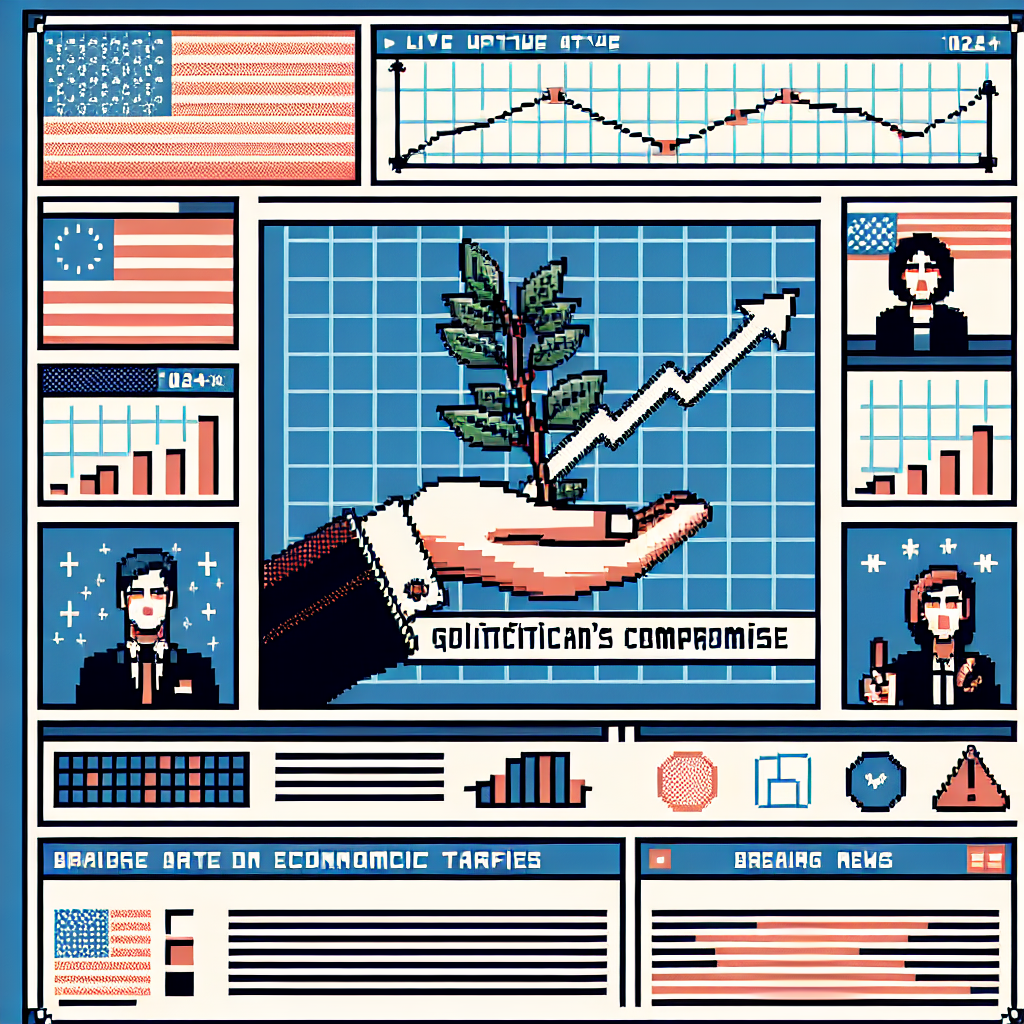Tesla Is Finished In Germany As 94% Surveyed Say They’d Never Buy Musk’s EVs - Forbes | Analysis by Brian Moineau
Title: Tesla's German Dilemma: A Speed Bump or a Dead End?
In what might seem like a jarring speed bump on the Autobahn, a recent T-Online poll reveals that 94% of German respondents are turning their noses up at Tesla, refusing to consider purchasing an EV from the brand. The blame, it seems, falls squarely on the shoulders of its outspoken CEO, Elon Musk. While Tesla's electric vehicles have been praised for their innovation and performance, Musk’s polarizing actions and statements appear to be steering potential German buyers away from the brand.
Elon Musk: A Maverick or a Misstep?
Elon Musk is no stranger to controversy. From his bold statements on social media to his ambitious ventures like SpaceX and the Boring Company, Musk has always been a figure who dances to the beat of his own drum. Some admire him for his vision, while others criticize him for his unconventional methods and sometimes abrasive manner. In Germany, however, this maverick charm seems to have lost its allure.
Germans are known for their engineering prowess and have a long-standing love affair with car manufacturing giants like Volkswagen, BMW, and Mercedes-Benz. The idea that Tesla, a relatively new player, could dethrone these established brands was always a tall order. Add Musk’s antics, whether it’s his controversial tweets or his handling of the Twitter platform itself, and it’s no surprise that German consumers are hesitant.
A Global Reflection on Personal Branding
Musk’s predicament in Germany can be seen as a microcosm of a larger global issue: the impact of personal branding on business. In an age where CEOs are often as famous as the products they sell, the line between a company's image and its leader's persona is increasingly blurred. The tech world has seen similar instances, such as Facebook's Mark Zuckerberg facing scrutiny over privacy issues, affecting public perception of the platform.
Moreover, the rise of ethical consumerism means that buyers are looking beyond just the product. They want to align with brands that reflect their values. In Germany, where environmental consciousness is high, Musk's perceived unpredictability might clash with the country's methodical and principled approach to technology and innovation.
Broader Implications in the EV Market
Tesla’s struggles in Germany come at a time when the global EV market is rapidly expanding. More players are entering the arena, offering a variety of options for consumers. European manufacturers are ramping up their EV production, with companies like Volkswagen committing to an electric future. This competitive landscape means that Tesla can't rely solely on its early-mover advantage.
Final Thoughts
While the T-Online poll suggests a grim outlook for Tesla in Germany, it’s worth noting that public opinion can be as volatile as Musk’s Twitter feed. The brand’s ability to innovate and adapt might yet win back skeptical consumers. Perhaps this is just a temporary detour rather than a dead end for Tesla in Germany.
In the grand scheme of things, this scenario underscores the importance of aligning leadership behavior with brand values. As the automotive world continues to evolve, both Tesla and Musk may need to recalibrate their approach to navigate these dynamic and challenging roads ahead. In the end, it’s not just about the cars you make, but the journey you take—and how you’re perceived along the way.
Read more about AI in Business















